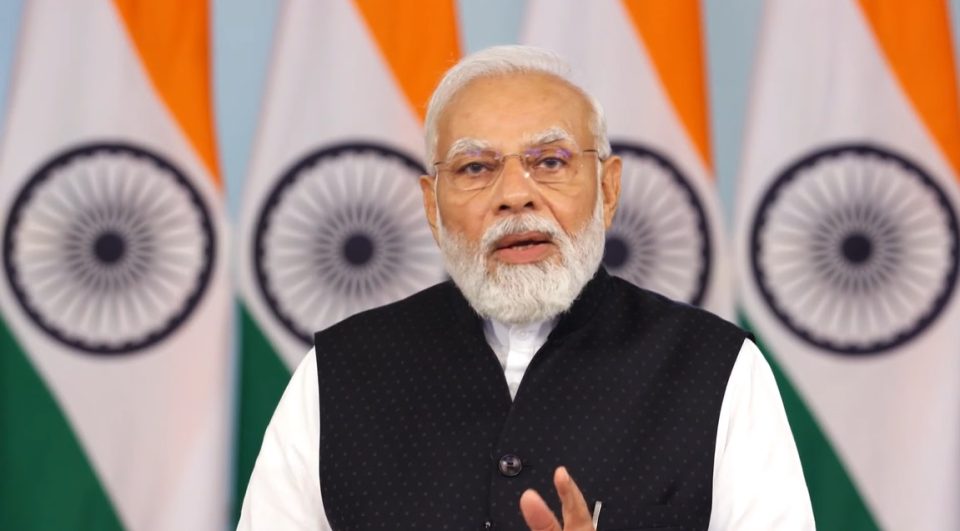
Govt spending Rs 6.5 lakh crore annually on agriculture, farmers welfare: PM Modi

Prime Minister Narendra Modi on Saturday said his government was spending Rs 6.5 lakh crore annually for the agriculture sector and farmers welfare, and called upon cooperatives to help in making the country self-reliant in cooking oils.
Addressing the 17th Indian Cooperative Congress to mark International Day of Cooperatives in New Delhi, the prime minister also highlighted the work done by his government, like PM Kisan scheme, MSP operations, and fertiliser subsidy since coming to power in 2014.
Also read: Impact of climate change on agriculture: Budget could have done more
In the last 9 years, Modi said more than Rs 15 lakh crore have been given to farmers by procuring their produce on the MSP. The government spent Rs 10 lakh crore towards fertiliser subsidy last year. In other words, the government is spending around Rs 6.5 lakh crore per year on agriculture and farmers, the prime minister said.
Addressing the Indian Cooperative Congress. The sector plays a vibrant role in the country's progress. https://t.co/7VH4XNbqTQ
— Narendra Modi (@narendramodi) July 1, 2023
“This means that every year the government is providing an average of Rs 50,000 to every farmer in some form or the other. That is, in the BJP government, farmers are guaranteed to get Rs 50,000 every year in different ways. This is Modi’s guarantee,” he said.
Also read: Economic Survey silent on challenges in agriculture and possible solutions
In the last 4 years, the prime minister said Rs 2.5 lakh crore have been sent directly to bank accounts of farmers under PM KISAN scheme. “You can guess how big this amount is from the fact that the total agricultural budget for the five years before 2014 was less than Rs 90,000 crore,” Modi said.
During the two-day event, the stakeholders will discuss various trends in cooperative movement, showcase best practices being adopted, deliberate challenges being faced and chalk out future policy action for growth of India’s cooperative movement.
(With agency inputs)


